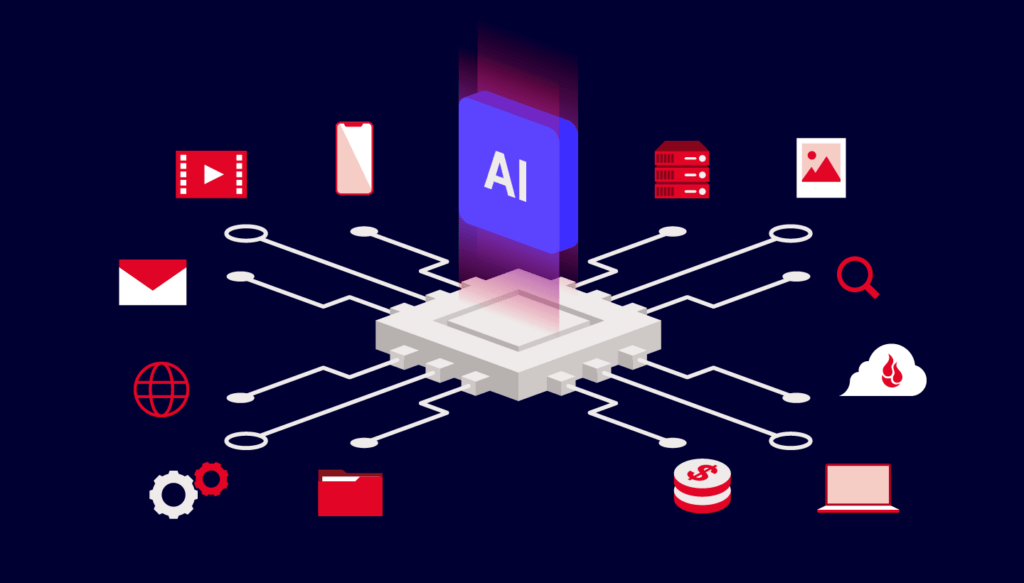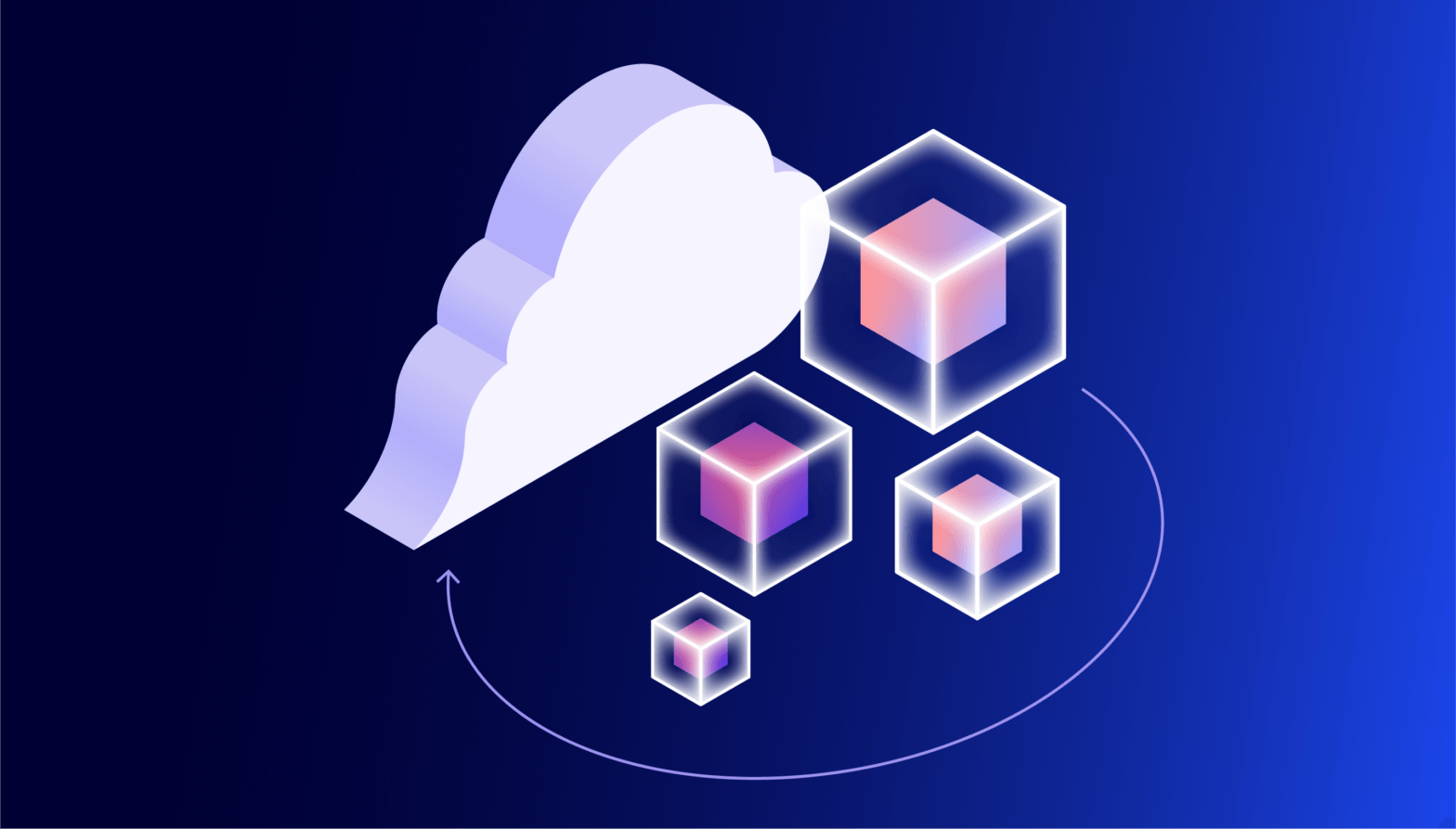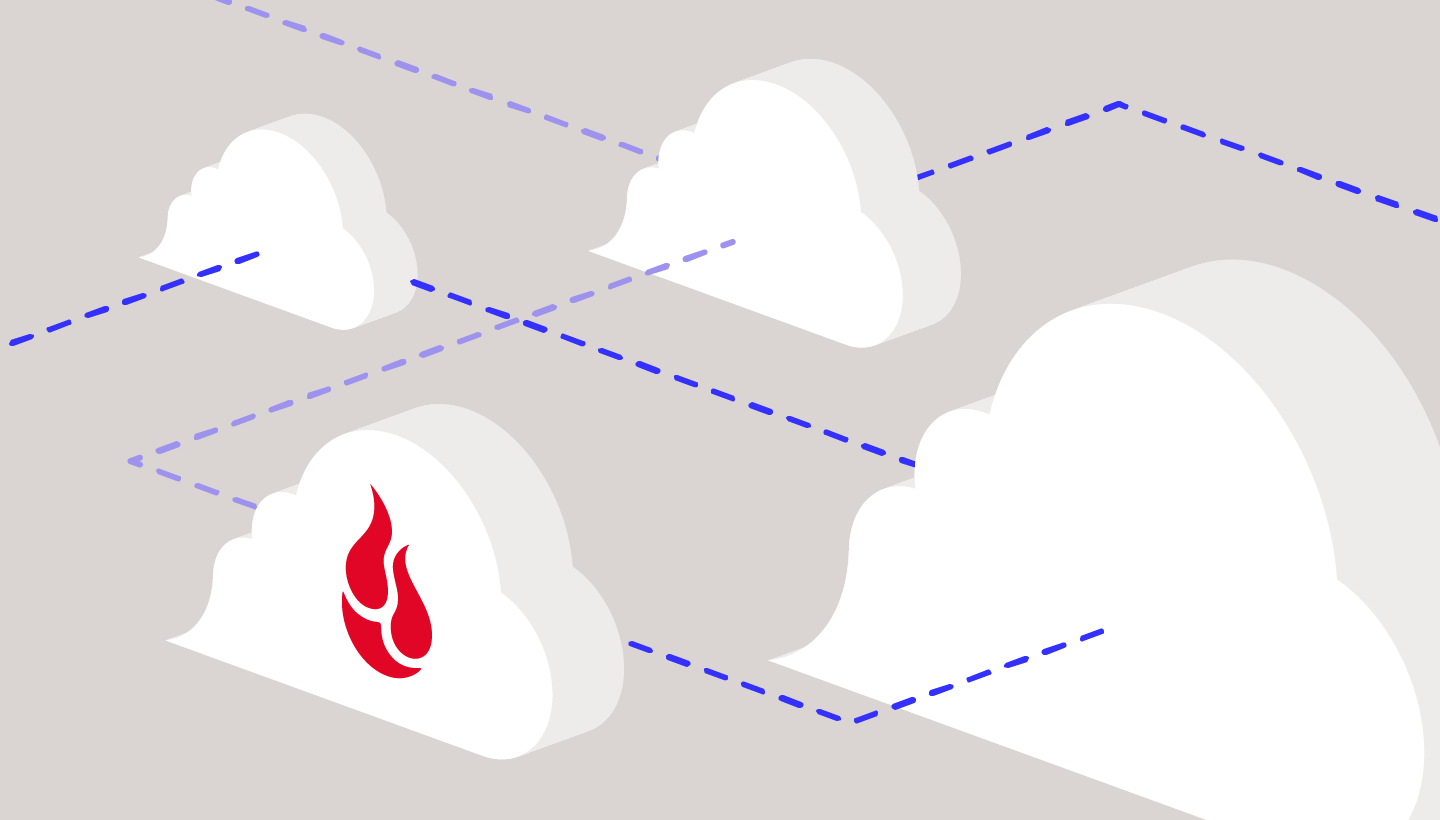
If you haven’t been able to keep pace with the AI news cycle, you’d be forgiven. I work at a tech company, and it’s felt like bailing water with a teacup over the past few weeks. But the term that keeps rising to the top of the flotsam in the boat is this: reasoning models. The regular ol’ models that power ChatGPT, Gemini, and Claude are cool and all, but reasoning models are what you should keep an eye on as an enterprise tech leader, specifically DeepSeek and OpenAI.
In the spirit of our AI 101 series, I’ll do my level best to recap the finer points and decode some of the more esoteric terms you’re likely to encounter (Like: WTH is a “mixture of experts”? That sounds like a party I want to be invited to, but will definitely skip at the last minute.)
The reasoning model releases: OpenAI o1-mini, DeepSeek R1, and OpenAI o3-mini
The last few weeks and months have seen a flurry of activity in the AI space, with reasoning models taking center stage. The TL/DR is that reasoning models are LLMs that can self-correct before delivering a response to a prompt, though their turn time is a little longer than your standard LLM.
Here are the releases that you should know about.
OpenAI o1-mini: September 12, 2024
It seems like a lifetime ago, but OpenAI released its o1-mini model back in September. o1-mini wasn’t the first reasoning model to go to market (models from Google, DeepMind, Anthropic, and Meta dabbled in reasoning for specific tasks). But, it was more cost-efficient at inference—80% cheaper than the o1-preview model. What you need to know:
- Yes, o1-preview and o1-mini were released at the same time—it’s confusing. Without getting into the weeds, here’s the difference: pricing. o1-preview was the most expensive OpenAI model on offer at $15/1M input tokens and $60/1M output tokens versus mini’s $1.10/1M input and $4.40/1M output. (You can think of tokens as units of data that are processed by the ML model. Each prompt or response is composed of a number of tokens, depending on the length of the text.)
- o1-preview (the expensive one) was purported at the time to perform “similarly to PhD students on challenging benchmark tasks in physics, chemistry, and biology.”
- o1-mini (the 80% cheaper one) was designed to be particularly well-suited for coding tasks.
DeepSeek R1: January 20, 2025
Unless you’ve been under a rock, you’ve heard about this one. DeepSeek rattled the AI industry and financial markets with its release of R1, challenging OpenAI’s models on performance, pricing, and open-source availability. (We love a good open-source release.) What you need to know:
- DeepSeek R1 delivers comparable results to OpenAI’s o1 models, both preview and mini, on math and coding benchmarks, while being trained on fewer GPUs—orders of magnitude fewer. Best guess estimates put it at around 60,000 GPUs, while industry leaders like OpenAI and Anthropic exceed 500k each.
- This makes R1 much cheaper at $0.14/1M input tokens and $2.19/1M output tokens.
- These efficiency claims could have far-reaching impacts for enterprises looking to build AI at a fraction of the cost. (The DeepSeek platform page has been down since we tasked one of our favorite tech evangelists with testing it, but stay tuned for a deep dive on how it works.)
OpenAI o3-mini: January 31, 2025
OpenAI previewed o3 in December, and brought it to GA just 11 days after DeepSeek joined the party. What you need to know:
- o3-mini is intended for programming and STEM use cases.
- At $1.10/1M input tokens and $4.40/1M output tokens, o3-mini beats o1-mini on pricing, but doesn’t challenge DeepSeek R1.
- Also, OpenAI alleges that DeepSeek stole its data for training purposes.
I’m admittedly cherry picking these releases a bit to keep things simple. Suffice it to say, there are a lot of models, even within OpenAI’s o-series, but these are the ones of note at least as it pertains to recent events.
What is reasoning anyway?
You might see reasoning described as “thinking” before it delivers an answer, but do not be fooled. AI cannot yet “think” or, to be fair, “reason” in the ways that we apply those terms to humans. To describe what they actually do, I need to use a word salad of jargon. I’m sorry—definitions follow. Reasoning models leverage chain-of-thought prompting to guide decision-making, incorporating self-improvement mechanisms and using test-time thinking to make real-time adjustments.
- Chain-of-thought (CoT) prompting: Models break problems into logical steps (e.g., solving math problems via intermediate equations)
- Self-improvement mechanisms: Techniques like the Self-Taught Reasoner (STaR) enable iterative refinement of reasoning through automated feedback loops.
- Test-time thinking: Models can make decisions during deployment based on real-time inputs, rather than relying solely on pre-trained models or fixed strategies.
Here are a few more terms you might come across for good measure:
- Inference compute: The computational power needed to run a reasoning model and generate predictions or outputs based on new data after the model has been trained.
- Mixture of experts approach: Using multiple specialized models (“experts”) that handle different tasks, and applying a gating mechanism to select the most relevant expert to use to make predictions based on the input data. Of note: DeepSeek used this approach to create efficiencies.
- Distillation: Using inputs and outputs from one model to train another model. Of note: OpenAI alleges this is how DeepSeek “stole” its IP.
This is all pretty cool, if linguistically painful, stuff, and it means that reasoning models are shifting perceptions of model capabilities. But they’re not without persistent challenges. Like other LLMs, they still struggle with complex reasoning failures, lack of training transparency, and cognitive biases.
Why should you care?
If the past two weeks (and, really, the past two years) are any indication, AI innovation will continue its blistering pace. Reasoning models, and LLMs in general, will become diverse and specialized for narrower tasks as the core technology is increasingly commoditized and cheapened. And, it’s worth noting that this is a totally normal—and expected—lifecycle when it comes to new technology.
What does it all mean for enterprises looking to build AI into their operations? Two key takeaways:
- Don’t overcommit on any one toolset or investment: Test out OpenAI, DeepSeek, Gemini, Alibaba’s Qwen, and others. And, stay ahead of the changing landscape and new models—stay nimble, and keep experimenting.
- Take care of your data: What makes these models valuable for your company isn’t so much their capabilities, but your data. You need to retain it in storage that’s reliable, easy to access, and doesn’t lock you out of AI experimentation with exorbitant egress fees.
Even as AI models get better, having those fundamentals in place can only help your business and set you up to better leverage AI when it’s right for your operations.




